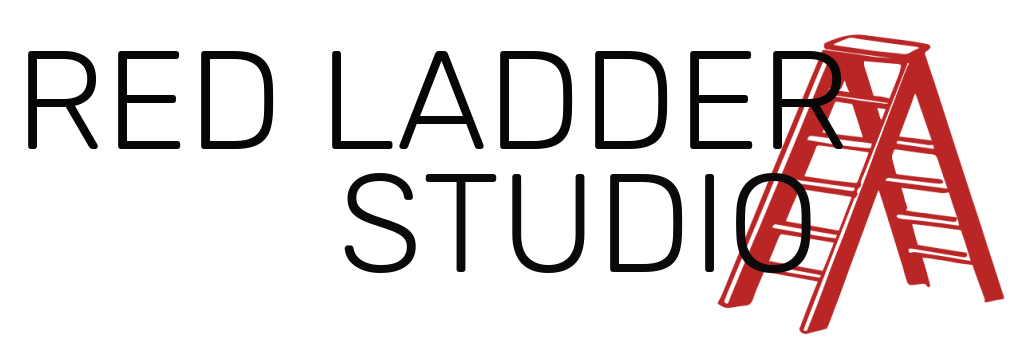Vajradarshini, teaching creative, contemporary Buddhism
Finding magic in the everyday
I’m sitting at my desk listening to the birds sing through an open window. It’s late July here in Stockholm and it’s hard to imagine winter, just as I couldn't imagine summer when the ground was frozen and covered with snow.
What can I tell you about me? This is an ‘about’ page, after all. But I know you are more interested in you. No offence intended. We’re all caught in the illusion that the world revolves around us. How could it feel any other way?
What do I care about that is relevant to you?
Bringing the Dharma alive - In an ideal world, we would each have our own awakened guru to guide us. When people met the Buddha they were meeting the teachings in human form, alive, embodied and real. When we meet the teachings as words on a page, or these days words on a screen, our challenge is to bring them alive for ourselves. The mission of Red Ladder Studio is to help each person make the Dharma their own. The truth is universal, but we each express that truth in a unique way.
Applying the Dharma to everyday life - My nan used to say to me, ‘how’s your Buddhism?’ as if it were just one part of my life. But the way I see it, the whole of life is an opportunity to practice. Someone asked Sangharakshita, the founding teacher of the order I belong to, ‘how do I get a mind like yours?’ His answer surprised us. It wasn’t to study the teachings more deeply, or to meditate for longer, but to ‘reflect on everything that happens to you’. Reflecting on everyday life in the light of the Dharma is a path to insight.
Finding opportunities to practice in day-to-day life - Awakening requires an intensity of practice. We might make the mistake of believing that to practice seriously, we need to leave behind everyday life and live in a retreat centre on top of a mountain somewhere. That view can lead us to giving up on the possibility of awakening, but it is simply not true. Every life is full of opportunities for wholehearted practice. Red Ladder Studio is here to help you find yours.
Taking a creative approach to the Dharma - Creativity is one thing that brings the Dharma alive for me. Rather than looking solely at words, books and concepts, I like to find connections between Dharma, art and culture. Finding connections between seemingly disparate things sparks creativity. A melancholic film might bring alive the teaching on compassion, while our meditation means we’re more deeply moved by the film. Art and Dharma can shine a light on one another, each amplifying the truth and beauty in the other.
Red Ladder Studio sits at the junction between the Dharma, contemporary art and culture, and everyday life.
Fall in love with life again!
I think I’m in love with life because I’m in love with the Dharma. Yet, I hold lightly to the idea of ‘being a Buddhist’. I love the Dharma because it’s the best way I’ve found of exploring this mystery we call ‘life’.
I was 20 when I decided I wanted meaning in my life. I left ‘ordinary’ life behind and spent the next 20 or more years living in Buddhist retreat centres, working in city centres to share the Dharma, and living with other Buddhists in communities.
But over those years, I’ve discovered that life is not an obstacle to practice. Just the opposite. Ordinary life is where the magic happens. I now have a creative and vibrant practice in the nitty-gritty of family life, living in Stockholm with my wife and her teenage boys.
These days, my life looks a lot less ‘Buddhist’, but it is absolutely ‘shot through’ with Dharma.
I started practising Buddhism in 1988, and since 1997 I’ve been teaching and leading retreats. I still lead retreats, but now spend most of my time creating online dharma resources that can fit into and transform people’s busy lives.
Frequently Asked Questions
How old are you and where are you from? I was born in 1967 in a little sea-side town called Gorleston, on the Norfolk coast in the UK.
What does your name mean? I received the name Vajradarshini when I was ordained into the Triratna Buddhist Order in 1997. It means, ‘she who sees reality’, or at least has the potential to do so. I’ve been looking ever since!
What advice do you have for anyone starting on the Buddhist path? Trust your instincts. The Dharma is about bringing an end to suffering and struggle, finding freedom and making peace with the way things are. When you start to follow a teaching or teacher, look for that taste of freedom. If it’s not there, then look elsewhere.
Your 3 favourite books right now?
Guy Newland’s ‘Introduction to Emptiness.’
Oliver Lang’s ‘Funny Weather, Art in an Emergency.’
Junichiro Tanizaki’s ‘In Praise of Shadows.’
What 3 Buddhist teachers have influenced you most? I encountered the Dharma through Sangharakshita and he has influenced me deeply. I learned to look for the essential principles that unify the teachings while also being open to many influences. He also made explicit the connection between art and Dharma. I’m grateful to Kevin Schanilec for opening up the path of the 10 fetters. And I go back repeatedly to the writings of Andrew Olendzki, who writes so beautifully about the Dharma.
What 3 people outside of the Buddhist world inspire you and why? Right now, it would be Leonard Koren for his writing on wabi-sabi; Laurie Anderson for her implicitly and explicitly Buddhist art such as ‘Heart of a Dog’ and ‘Songs from the Bardo’; Cornelia Parker for making art out of everyday life.






